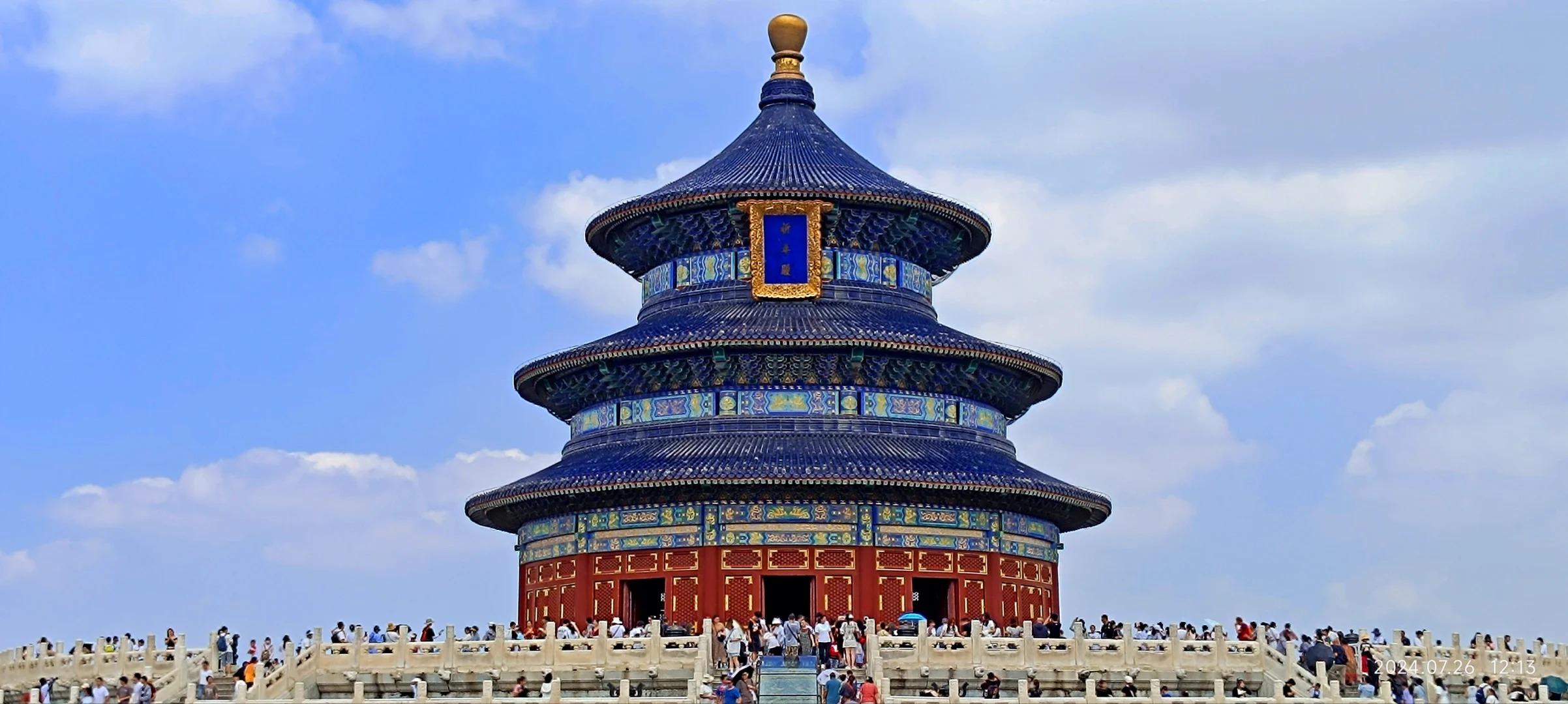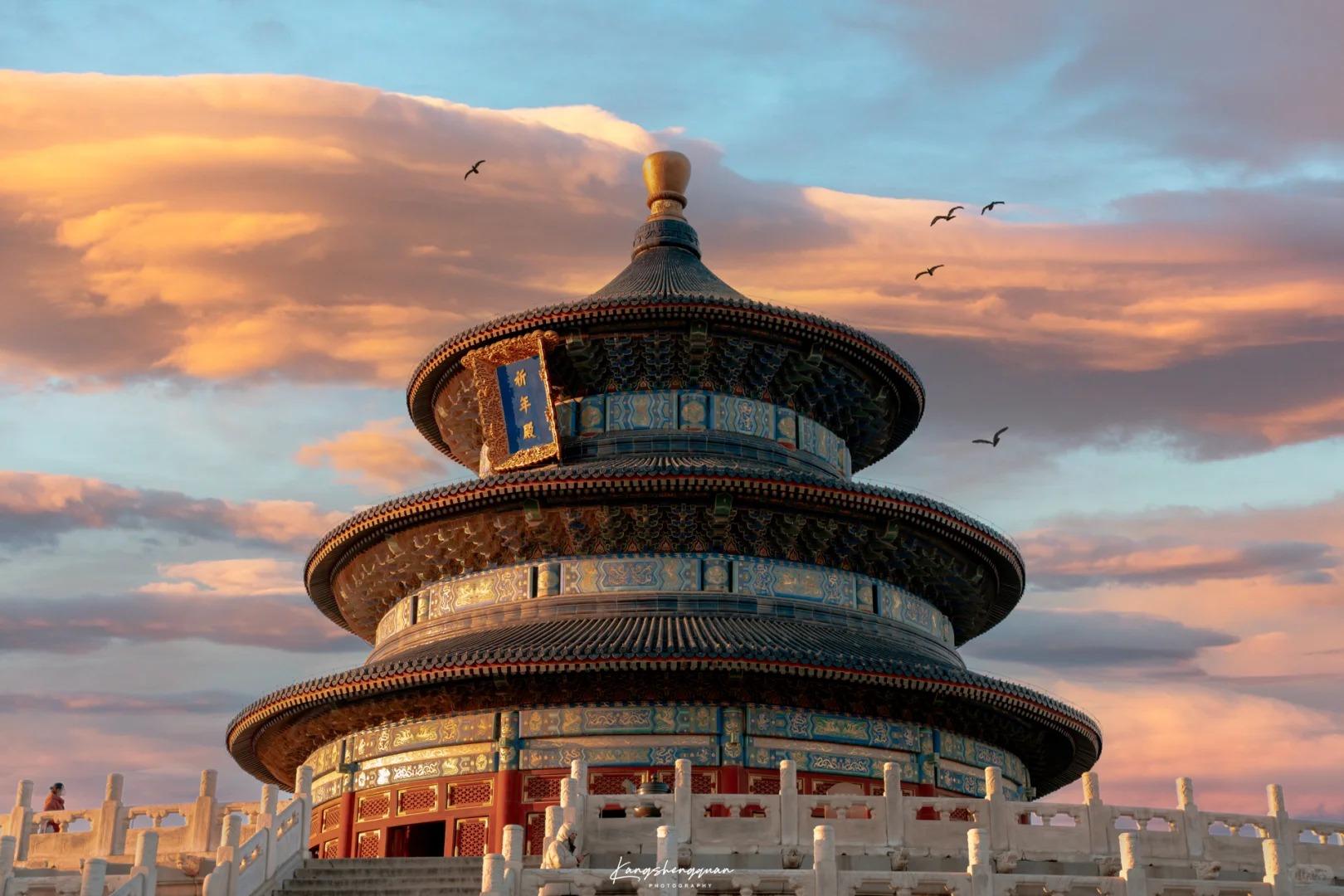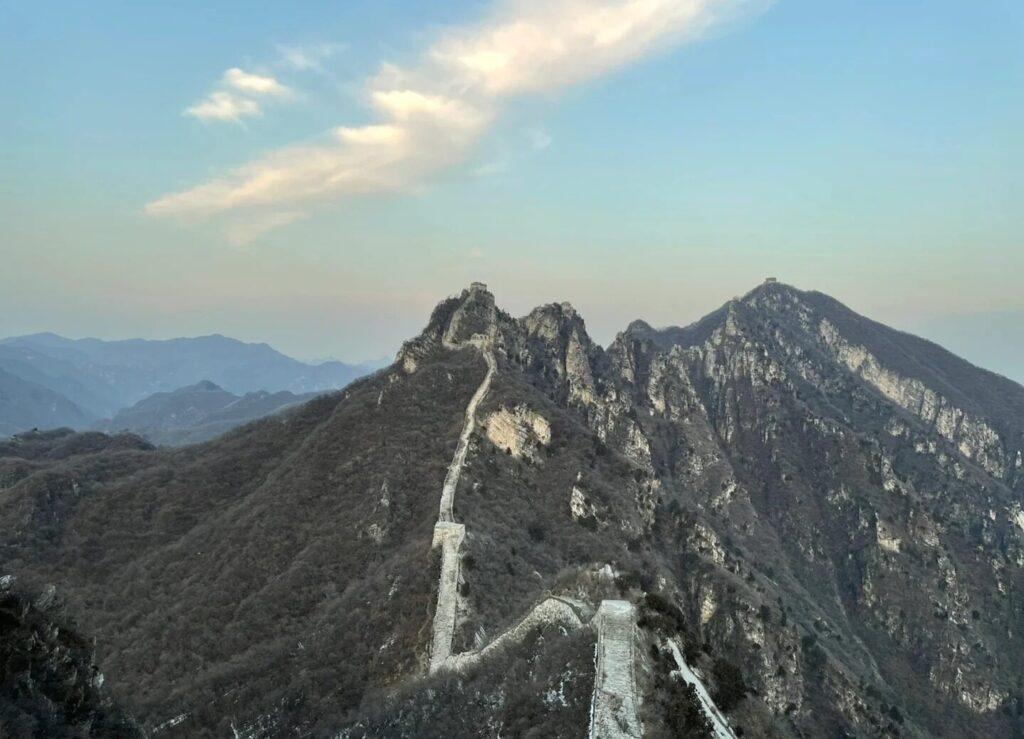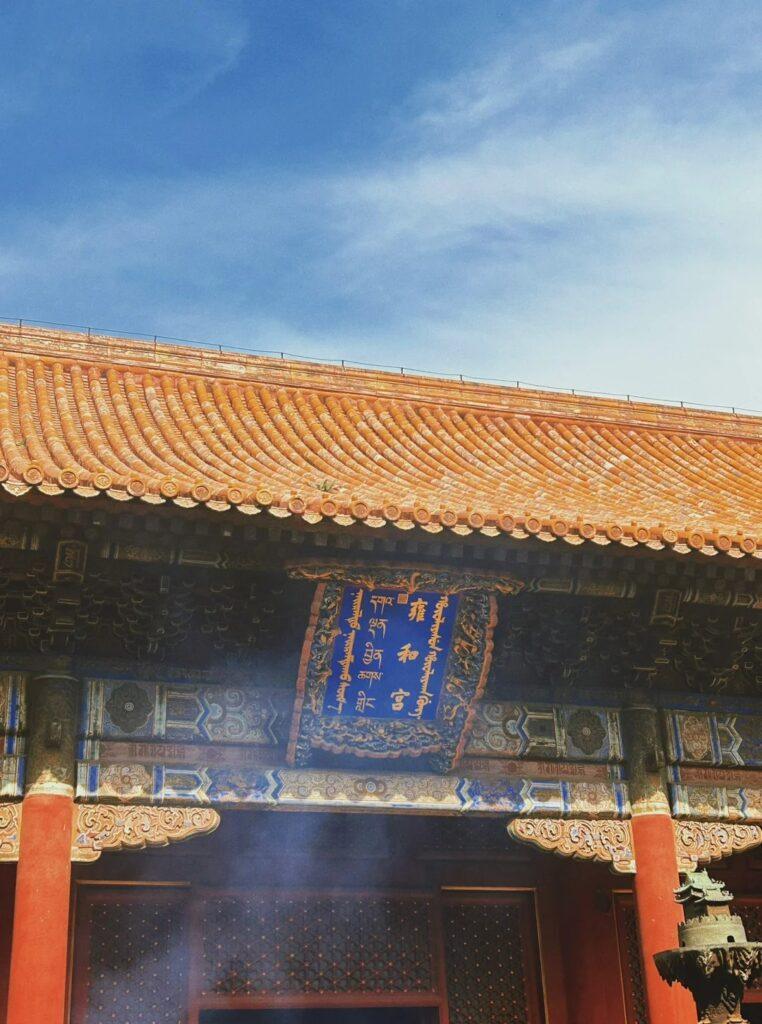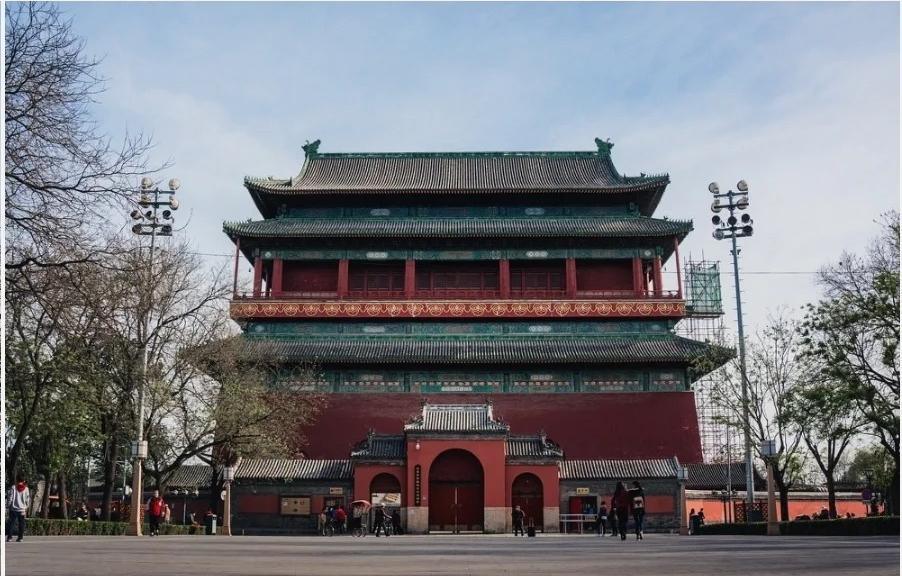Visiting Information
| Information | Details |
|---|---|
| Chinese Name | 天坛 (Tiāntán) |
| Location and Address | 1 Tiantan East Road, Dongcheng District, Beijing, China |
| Opening Hours | April to October: 6:00 AM – 8:00 PM November to March: 6:30 AM – 8:00 PM |
| Entrance Fee | April to October: 34 CNY (15 CNY for park only) November to March: 28 CNY (10 CNY for park only) |
| How to Get There | By Metro: Line 5 to Tiantan Dongmen Station, Exit A By Bus: Routes 2, 7, 17, 20, 110, 120, 803, 814, 826 to Tiantan stop By Taxi: Tell the driver “Tiāntán” (天坛) |
| Best Time for Visit | April to October, early morning for local activities |
| Contact Info | Phone: +86 10 6702 8866 Email: [email protected] |
Overview
The Temple of Heaven, or Tiantan in Chinese, is a masterpiece of ancient Chinese architecture and landscaping. Located in southeastern Beijing, this vast complex of religious buildings was where emperors of the Ming and Qing dynasties performed annual ceremonies of prayer for good harvest. Today, it stands as a UNESCO World Heritage site, attracting millions of visitors each year with its profound historical significance, stunning architecture, and beautiful park grounds.
Historical Background
Construction of the Temple of Heaven began in 1406 during the reign of the Yongle Emperor of the Ming Dynasty and was completed in 1420. It was originally built to be part of the Forbidden City complex but was later relocated to its current site. For nearly 500 years, it served as the place where emperors came to pray for good harvests, seek divine clearance, and perform sacrificial rituals. The most important ceremony was the annual prayer for good harvest, held on the winter solstice, where the emperor, seen as the Son of Heaven, would perform elaborate rituals to please the gods. The complex was renovated and expanded over the centuries, with major works carried out during the reign of the Qianlong Emperor in the 18th century. After the fall of the Qing Dynasty in 1911, the Temple of Heaven was turned into a park and opened to the public in 1918.
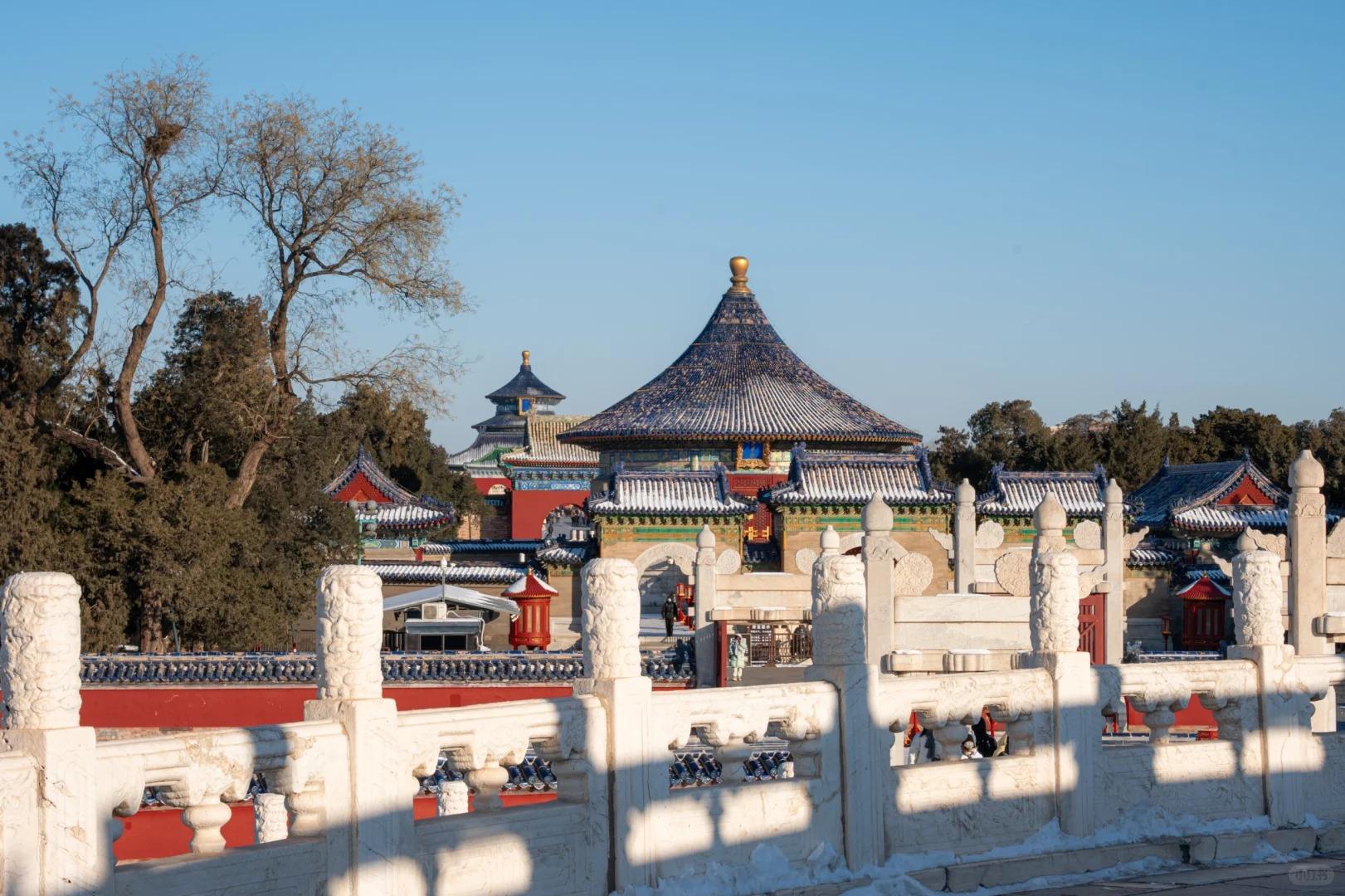
Architectural Features
- Hall of Prayer for Good Harvests: This magnificent triple-gabled circular building is the most iconic structure in the complex. Standing 38 meters tall and 30 meters in diameter, it’s built entirely of wood without using a single nail. The building’s intricate painted designs and blue-tiled roof symbolize heaven, while its interior is supported by 28 wooden pillars, each with deep symbolic meaning in Chinese cosmology.
- Imperial Vault of Heaven: A smaller but similar structure to the Hall of Prayer for Good Harvests, this building was used to house the tablet of the Supreme Deity. It’s surrounded by the Echo Wall, a circular wall with unique acoustic properties that allow whispers to travel clearly from one end to the other.
- Circular Mound Altar: This outdoor altar is a circular platform with three marble tiers. It was here that the emperor would perform the most solemn sacrificial rituals. The design is rich with symbolism, with the number of stones and steps all having cosmological significance.
- Danbi Bridge: This 360-meter long raised walkway connects the Hall of Prayer for Good Harvests to the Imperial Vault of Heaven. It was known as the Sacred Way, where only the emperor could walk. The middle section was reserved for the emperor, while lesser nobles and officials walked on the sides.
Cultural Importance
The Temple of Heaven holds immense cultural significance in Chinese history and philosophy. It embodies the ancient Chinese belief in the unity of heaven and earth, with the emperor acting as the intermediary between the two realms. The complex’s layout and design reflect profound cosmological principles, incorporating elements of numerology, yin and yang, and the five elements theory. Today, it stands as a symbol of China’s rich cultural heritage and spiritual traditions. The site is not only a major tourist attraction but also a beloved public space where local residents gather for various activities, from tai chi and dance to music and socializing, making it a living testament to both China’s past and present.
Surrounding Attractions
- Hongqiao Market: Located just north of the Temple of Heaven, this bustling market is famous for its pearl jewelry and electronics. It’s a great place to experience local commerce and practice bargaining skills, though visitors should be cautious of counterfeit goods.
- Taoranting Park: About 2 kilometers southwest of the Temple of Heaven, this historic park offers a peaceful retreat with beautiful gardens, lakes, and traditional Chinese architecture. It’s less crowded than the Temple of Heaven and provides a glimpse into local life.
- Beijing Ancient Architecture Museum: Situated about 3 kilometers north of the Temple of Heaven, this museum is housed in a Ming Dynasty temple complex. It showcases the evolution of Chinese architecture and is a must-visit for those interested in the technical and aesthetic aspects of ancient Chinese buildings.
- Longtanhu Park: Located about 2 kilometers east of the Temple of Heaven, this park is centered around a large lake. It’s a popular spot for locals to enjoy boating in the summer and ice skating in the winter, offering visitors a chance to experience everyday Beijing life.
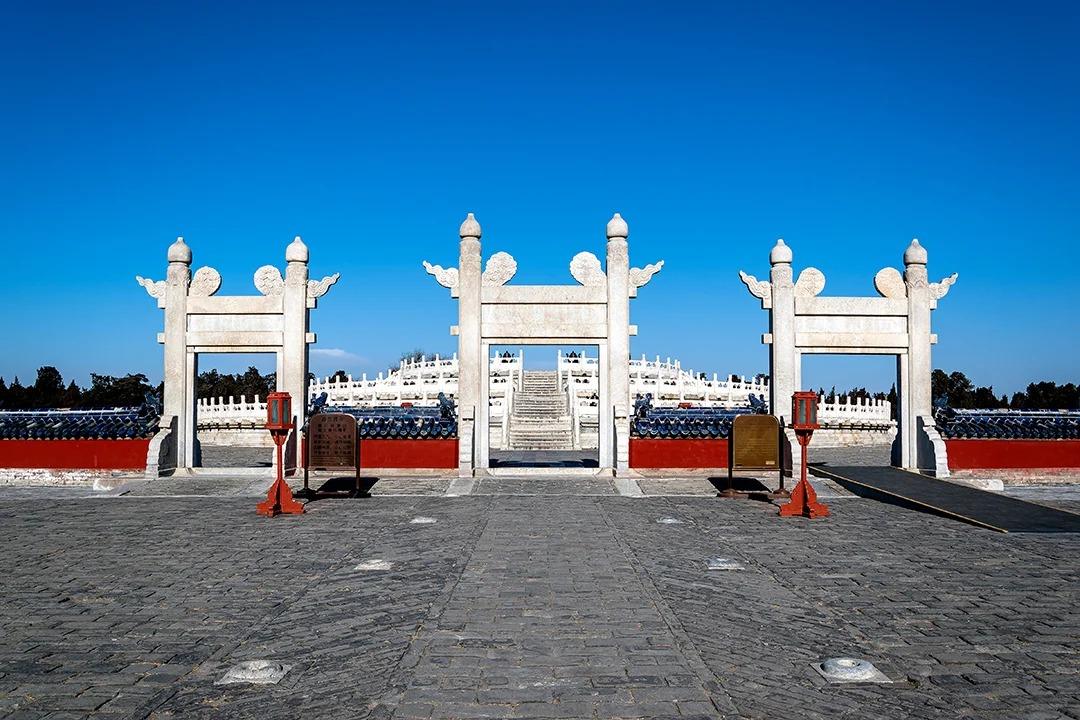
Photography Opportunities
- Hall of Prayer for Good Harvests: This iconic building offers stunning photo opportunities from various angles. The best shots can be taken from the north side in the morning light, capturing the vibrant colors and intricate details of the structure against the sky.
- Danbi Bridge: The long, raised walkway provides excellent opportunities for symmetrical compositions. Early morning or late afternoon light can create beautiful shadows and highlights along the stone railings.
- Circular Mound Altar: This open altar offers unique opportunities for geometric compositions. The concentric circles of stone and the play of light and shadow can create striking abstract images, especially when photographed from above.
- Local Life in the Park: The surrounding park areas, especially in the early morning, offer wonderful opportunities to capture local life. Elderly residents practicing tai chi, people flying kites, or groups engaged in traditional music and dance all make for compelling photographic subjects.
- Ancient Cypress Trees: The park is home to many ancient cypress trees, some over 500 years old. These gnarled, characterful trees provide interesting foreground elements for wider shots of the temple buildings or can be subjects in their own right, especially in moody weather conditions.
Modern Importance
- Cultural Heritage Preservation: The Temple of Heaven serves as a prime example of China’s efforts in preserving its cultural heritage. The ongoing conservation work at the site demonstrates the country’s commitment to maintaining its historical landmarks for future generations.
- Tourism and Economy: As one of Beijing’s top tourist attractions, the Temple of Heaven plays a significant role in the city’s tourism industry. It attracts millions of visitors annually, contributing substantially to the local and national economy.
- Public Space and Community Life: Beyond its historical significance, the Temple of Heaven park has become an important public space for Beijing residents. It serves as a gathering place for various community activities, promoting social interaction and public health through outdoor exercise and recreation.
- Educational Resource: The complex serves as a valuable educational resource, offering insights into Chinese history, architecture, philosophy, and cosmology. It’s frequently visited by school groups and serves as a living classroom for understanding traditional Chinese culture.
- Diplomatic Significance: The Temple of Heaven is often included in state visits and tours for foreign dignitaries, serving as a symbol of China’s rich cultural heritage in international relations. Its image is frequently used in promoting Chinese culture abroad.
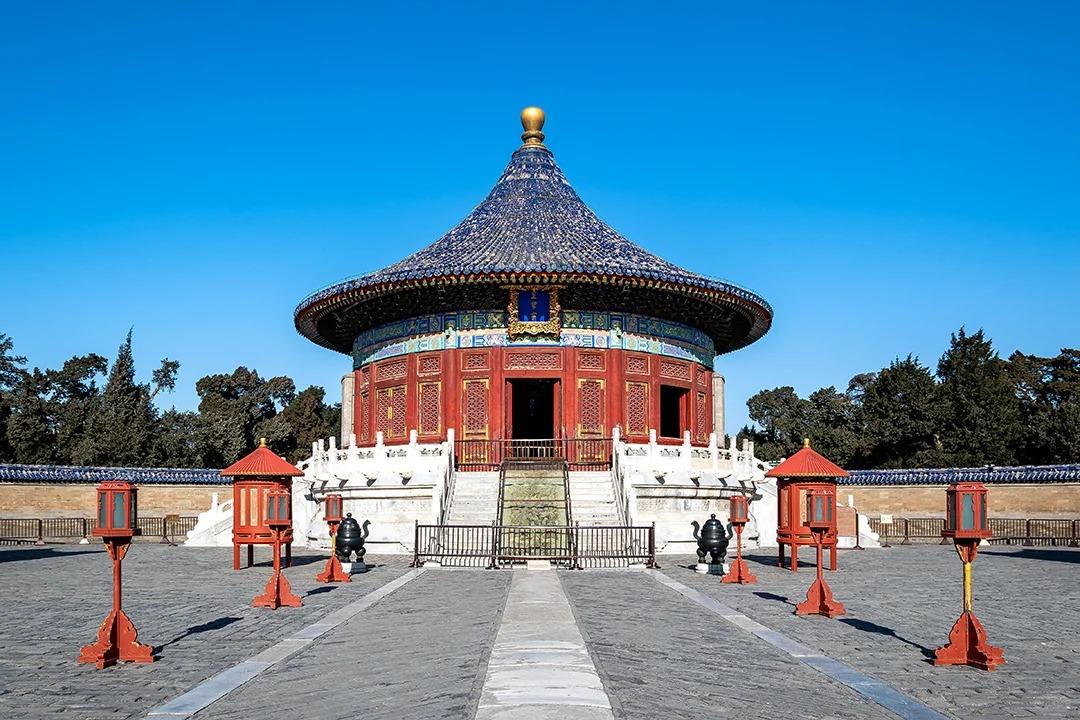
FAQ
- What is the Temple of Heaven famous for?
The Temple of Heaven is famous for its stunning ancient Chinese architecture, historical significance as an imperial worship site, and its role in annual ceremonies where emperors prayed for good harvests. - What’s inside the Temple of Heaven?
Inside the Temple of Heaven complex, you’ll find several significant structures including the Hall of Prayer for Good Harvests, the Imperial Vault of Heaven, the Circular Mound Altar, and extensive parklands with ancient cypress trees. - Is the Temple of Heaven free?
No, the Temple of Heaven is not free. There is an entrance fee, which varies depending on the season and whether you want to access just the park or the historical buildings as well. - Is the Temple of Heaven worth visiting?
Yes, the Temple of Heaven is definitely worth visiting. It’s a UNESCO World Heritage site and one of Beijing’s most important historical attractions, offering insights into Chinese history, architecture, and culture. - What to do in the Temple of Heaven?
Visitors can explore the ancient buildings, learn about Chinese history and culture, enjoy the park’s scenery, watch or participate in local activities like tai chi or dancing, and take photos of the stunning architecture. - How do I get to the Temple of Heaven in the local city?
In Beijing, you can reach the Temple of Heaven by taking Metro Line 5 to Tiantan Dongmen Station and using Exit A. Alternatively, you can take one of several bus routes that stop at Tiantan, or take a taxi and tell the driver “Tiāntán” (天坛). - How to visit the Temple of Heaven?
To visit the Temple of Heaven, purchase a ticket at the entrance. Consider arriving early in the morning to see local activities and avoid crowds. Wear comfortable shoes as there’s a lot of walking. You can explore on your own or join a guided tour for more detailed information about the site’s history and significance.


